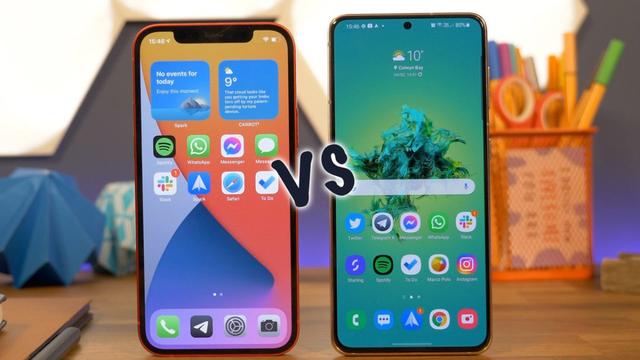We have always wondered which is better, iPhone or Android. Each, in part, has its advantages and disadvantages.
However, a much higher percentage of iPhones are sold or traded in than Android phones. On the other hand, Android phones are recycled or lost, broken or stolen at a much higher rate than iPhones. Android phones are also kept for later use.
Differences between iPhone and Android phones
In this regard, a study was conducted regarding the consumer trend and life cycle of the two phones. "Most recently, we found that people are keeping their previous phones for an average of more than three years, up from less than two years just a few years ago," say the study's authors.
Most phones that are recalled are in good condition. Many of the old phones are sold or traded in, passed on to a friend or family member, or kept for potential future use. As a result, 80% of old phones have a screen in good condition. Among buyers with an older iPhone, 84% report a "perfect" or "scratched but usable" screen, compared to 76% of buyers with an older Android phone.

Of the old phones, 60% have a battery in good condition. Here the dynamic is reversed, with 30% of buyers with an old Android phone reporting a good battery, versus 23% of buyers with an old iPhone.
Almost a third of iPhones are exchanged for a new phone, and in the case of Android only 10%. It turns out that almost half of Android users keep their phones for later use, compared to 29% of iPhone users.
”Most retired devices still have some functional life left in them. Many are kept as spares or given to a friend or family member. However, resale and trade-in favors iPhones a lot. Consumers trade-in or resell iPhones much more often than Android phones.,31% of old iPhones are resold, compared to 10% of old Android phones. We expect the opportunity to capitalize on an iPhone with a high residual value will accelerate the upgrade cycle,” said Mike Levin, CIRP Partner and Co-Founder.
